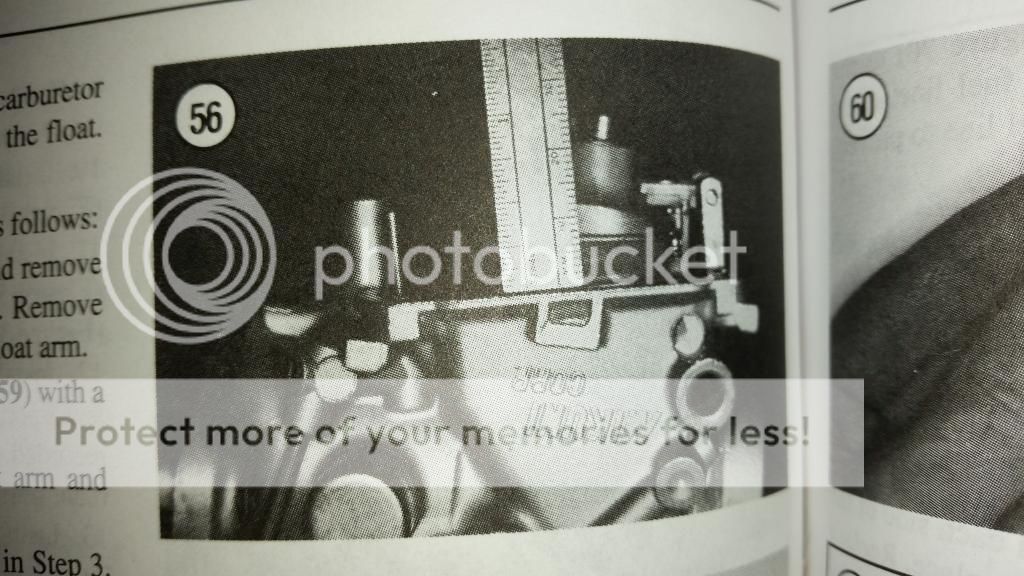codysisk13
Well-Known Member
Alright i need to adjust the float on my carb to see if that will help with the cutting out. Does anyone know the the correct height for the float??

here's what I found
With the carb sitting upside down set the level so the float is parallel with the gasket surface of the carb.
here's what I found
With the carb sitting upside down set the level so the float is parallel with the gasket surface of the carb.
............... My guess... Being that I am not there......
The float height is too high. Which contributes to your "rich condition" and the fuel coming out of the overflow. There are a few ways to measure, and sometimes they are both confusing.
It really depends on which "advice," you listen to. Try to do it the way that is described in the service manual, but try to get a "mental picture" of how the carb sits, and envision the fuel level versus the float.
I know that sounded weird. My guess is that when you can "envision" it, you be able to get it correct.
Once that is taken care of, then you can work on the other things...............
-Rhyno
thanks ryno i just got done reading the float adjustment in the manual and it told me what to do. but i dont know how to check the fuel level? it said with a fuel level tester but i have never seen one before??

Enter your email address to join: